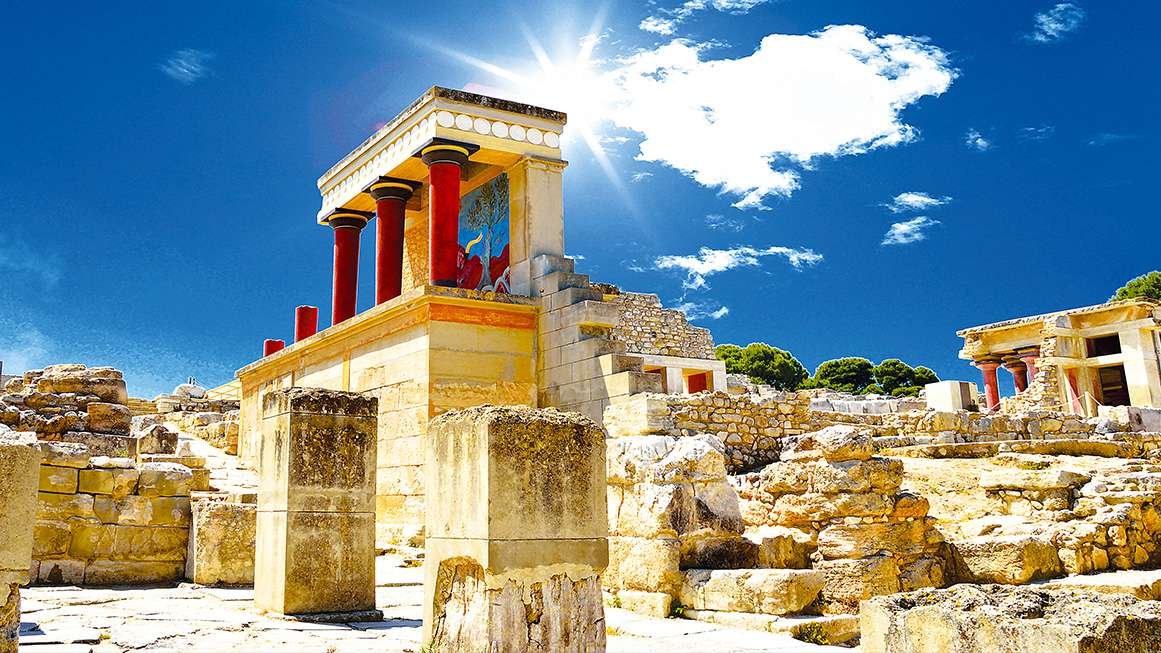
<a href="https://reason.com/2025/08/15/knossos/" target="_blank">View original image source</a>.
Knossos is often heralded as the crown jewel of ancient Crete, but behind those sunny Mediterranean views lies more than just sunbaked stones and mythological beasts. The legendary Palace of Minos has seen its fair share of controversy, thanks to the 19th-century archaeologist Arthur Evans, who fancied himself not just a discoverer but a creator. He decorated walls with stunning frescoes extrapolated from fragmentary clues and used concrete in ways that would make any historian cringe. It’s like turning a historical site into a reality TV set!
Adding to the fun, Evans painted a rosy picture of Minoan society as a peaceful matriarchy, captivating generations of thinkers. Imagine that—a society where everyone gets along, and no one fights over whose turn it is to do the dishes! This vision was so enticing that intellectual heavyweights like Albert Jay Nock leaped at the narrative, touting it as a utopia of peace and prosperity that lasted for a millennium. But guess what? That dreamy swan song might not hold up as we peek into the shadows of actual history.
Today’s visitors tour Knossos with two conflicting narratives: the charming fantasy concocted by Evans and the modern scholarly approach that endeavors to dig deeper into the realities of ancient life. You can almost picture tourists snapping selfies while pondering this wild duality between imagination and reality. It certainly raises a thought-provoking question: how much of what we know about history is actually crafted fiction masked as fact?
In a world where reality often feels stranger than fiction, Knossos reminds us that not everything that glitters is gold—and sometimes a little concrete makes for one heck of a plot twist!
To get daily local headlines delivered to your inbox each morning, sign up for newsletter!

















